Tamarix (Other names - Grebenchik, Tamarisk, Beader, Astrakhan Lilac, "God's Tree", Dengil, Zhigid, Grebenchuk, Kalmyk Ladan) is an elegant shrub or a small village that attracts attention to its openwork greens, an abundance of boutons, similar to beerkins and fluffy Inflorescences whose painting can be pink, raspberry, purple. Some species bloom in spring, others - in the summer.
Characteristic Tamariksa
The height of Tamariks usually, on average from 1.5 to 3 meters, does not exceed five meters in the wild. A bush consists of a variety of thin shoots that are covered with small leaflets (up to 7 millimeters), called more scales. The color of these scales is gray, bluish, greenish or yellowish. At the bottom of the escape of the leaflet leaf, and in the top - very little, look like a tubercle. Spring in the spring of foliage is more saturated, gradually becomes sly, because the grooms of the sheet plates are distinguished by salt crystals. The amount of inflorescence ranges from two to fourteen centimeters. The root of the beadist branches and can penetrate into the depths of the soil, so the plant is adapted to grow in arid areas. His homeland is considered deserts, steppe territories of Africa, Southern Europe, Asia. In the wild, the beadist grows in the Caucasus, in the Crimea, Central Asia, Southern Siberia.
The plant is light-cup, steadily drought, easily endures a haircut, a transplant to another garden place. His branches with inflorescences are well in a vase.
From the southern countries of Europe to India, Botany counted 75 species, some of them bloom in the spring (May), and other - in the summer (July, August). All of them are included in the Tamarisk family. The following types of Tamariks are especially popular:
- Small-colorful - a bush consists of drooping thin, reddish shoots. In May, flowers are revealed. After the flowering period, leaflets similar to scales are growing on shoots.
- A branched (or five thousand) - he has been present or greenish branches, on which one-stage shoots are reddish. From July to September, complex thick brushes, consisting of flowers of pinkish tones, are revealed on the plant. Extremely attractive varieties of "Pink Cascade" and "Rosea". Want brightly raspberry flowers, then take the Summer Glow grade. But in the variety "Rubra" painting the flowers purple-red.
- Quadrochinsky - on curved arc branches (having a brown-red color) Emerald green lanceal foliage and creeps-shaped inflorescences, represented by white or pinkish flowers, dropped in May. Sustainable for dry summer periods. With winter frosts, shoots can turn around, but will soon restore. Pink flowers gives the "African" grade. Its leaves are similar to the cheva, the length of the brushes is up to 30 centimeters.
For the southern regions, Tamarik Meyer is suitable. Brushes are formed on last year's shoots, in the middle lane of Russia they are frozen in the winter period, so this plant is grown there less often or requires good shelter before in winter.
But Tamarix is \u200b\u200belegant (or slender) less familiar to our dacnis. Although he has important advantages: he is winter-filled and long blooms, the pinkish "sweatshirts" appear on it from May and to the autumn itself. His branches are thick, the cortex is a grayish-green or drow-chestnut. The leaves of him more larger than the rest of the species.
And some species: loose (palace), pubescent, Hohenker, Litvinova.
Tamarix shrub is suitable for park construction, landing in groups, alive hedges. He also helps to fasten bulk sands. Enthusiastic reviews about Tamariks can be heard from those dacities who planted a bush near the terrace, summer veranda, on the lawn clearing. Successful compositions are obtained from Tamarims of fine-beds, spirits, pots, noble almonds, conifers, ricker, lilac, barberries and bulbous (hyacinths, tulips, daffodils). But the companions for Tamariks branched: Carestris, Budduda David, Persikovsky, Derbennik, Astilb, Ferns, Echinacea.
Take a landing of Tamariksa
Best of all for this plant are suitable water permeable, loose soils. For example, sandstones with the addition of humus. But wet lowlands, heavy, clay soil are not suitable for Tamariks. If you have the soil on the plot of clay, and you really want to grow tamarix, then at the bottom of the landing pits, do the generous layer of drainage (clay, gravel), and the soil improve the peat and humus.
You can buy Tamarix in nurseries. Preferences give up the zoned varieties and the seedlings that are in containers with earth. Experience shows that the seedlings, whose roots are bare, are good. The shoots should be healthy and branched well. In the garden, they are planted in spring or autumn. Pour two times more than an earthen car in the container. Soil that dug up, mix with a compost. Pour the plant located in the container. Then carefully remove it from the tank. At the bottom of the holes, pour a hormster from a good soil, then straighten against the roots of the plant. The depth of planting should be the same as when there is a seedling in a container. When you fall asleep the landing pit of a good soil, then you will confuse the landing site, form a watering circle. After irrigation of the seedling, we inspire the entire priority area of \u200b\u200bchopped crust or earth from the compost pit.
Tamarix care recommendations
The shrub will actively grow and admire its inflorescences if you adhere to such advice:
- In arid periods, be sure to water the plant. But remember that the stagnation of moisture in the attractive circle cannot be allowed, otherwise the rotting of the roots, which usually leads to the death of the bush. If summer with an abundance of precipitation, then there is no speech about watering.
- The bush will look neat, if you cut those inflorescences that you are blown and faded.
- In the summer you can make feeding in the form of phosphorus-potash mixtures. Especially well the shrub is assimilated, if an extraordinary feeder was made.
- The plant needs periodic pruning. It will provide not only a neat look, but also preserves the appearance of diseases characteristic of thickened bushes. If the branches have noticed on which the bark darkened, or there are traces of mold, then immediately cut them out and burn them. In the spring, shocked and those branches that jumped up, broke.
- To prevent the appearance of pests and potential diseases 2-3 times per season spray their bushes with special protective compositions. Of the fungicides (antifungal) funds will suit "Sorrow", "Ridomil Gold", "Maxim", "Quadris". From the insecticides are more often used: "Aktara", "Match", "Aktellik".
- In the regions where in the winter the temperature decreases below -28 ° C, the beader must be prepared for wintering. In the fall, the ripper is closed with a snapper, and the crown is wrapped by using burlap and other heat insulating materials (for example, Agril). The higher the snowy snowdrift covering the shrub, the better the shoots will take it easier.
Even if suddenly the Grebel will freeze (for example, if the winter was low), it is likely that in the spring of the roots will go to the growth of new shoots, after which the bush is restored.
About the reproduction of Tamariksa
Usually, the beads of gardeners breeds or cuttings spread. In the autumn for cutting cuttings use annual weeds. Segments must be 25 centimeters long. To germinate, they are placed in a water vessel. When its number decreases, then poured a new one. By April, they will develop small roots on them, then the cuttings can be placed in the ground. Grocery make in the shade. The soil is improved by adding three-way humid, ash and superphosphate into it. In soil, the moisture was delayed in the soil, landing should be closed by peat or small sawdust. After the next spring, young plants can be transplanted for permanent places.
Another embodiment of the Grebencher is the use of his twigs. Cut them in the spring so that the length is 30 centimeters. And blow the lower part into two kidneys in the prepared fertilous substrate. Then pick these twigs. In a year they can be placed in the garden.
You can disembark from a large bush and root pigstream, which develops quite actively.
But the cultivation of a grain of seeds is a cotton one. First, they retain their germination only 3-4 months. They germinate hard, the percentage of healthy sprouts is very low.
As you can see, there is nothing complicated and troublesome in the cultivation of this elegant "bead shrub". Its flowering branches can be put in a high vase, they will not only decorate the room, but also will distribute a thin fragrance in it.

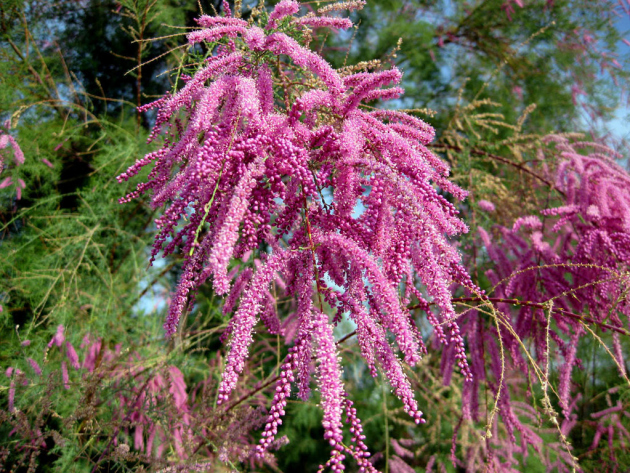
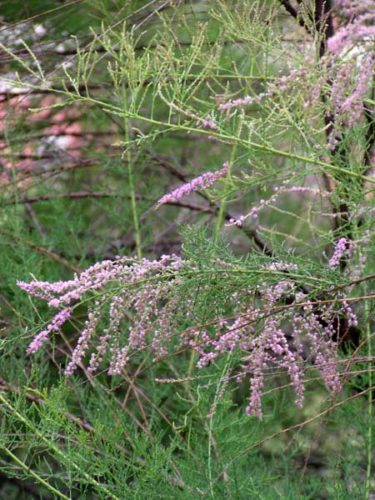
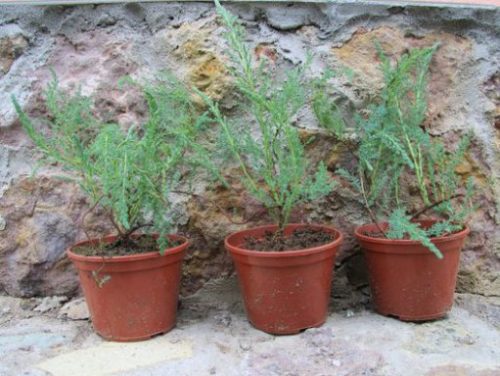
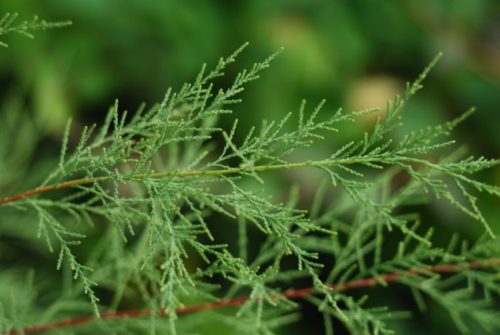
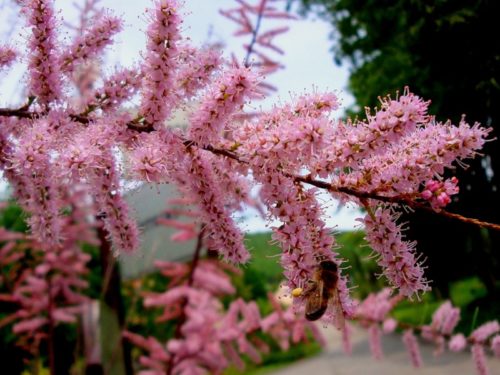
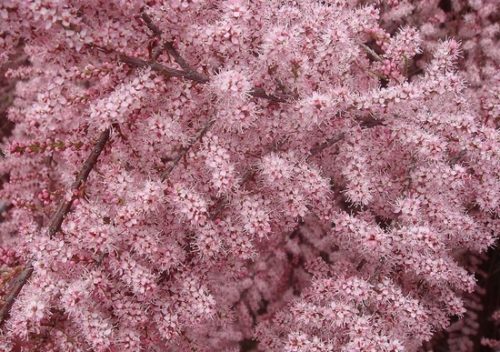
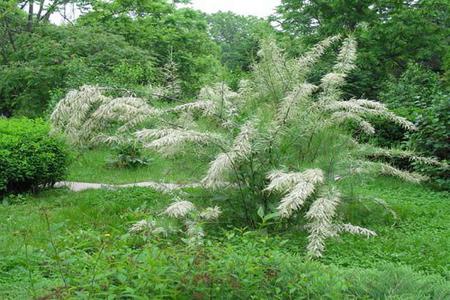
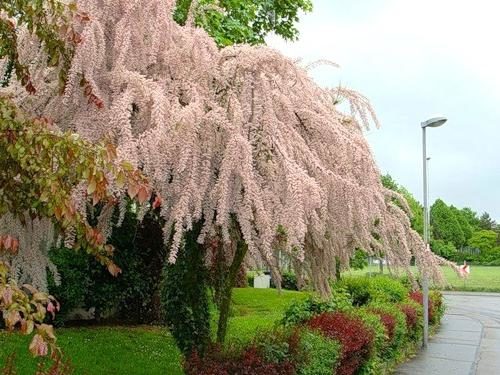
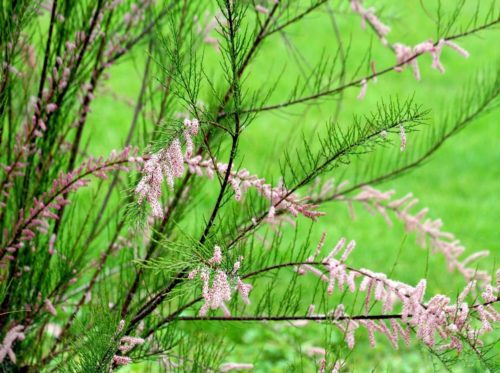
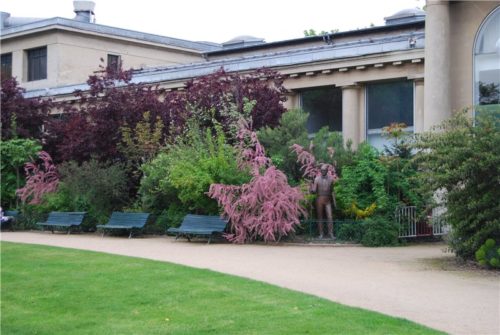
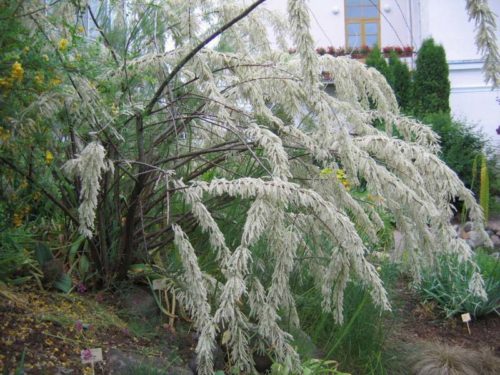
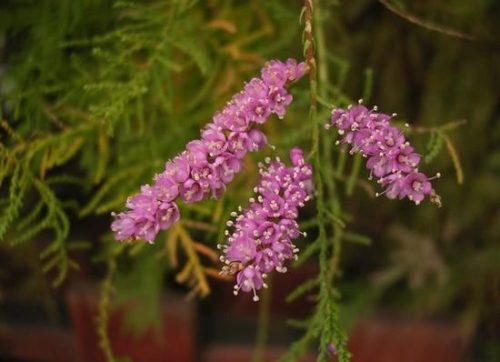
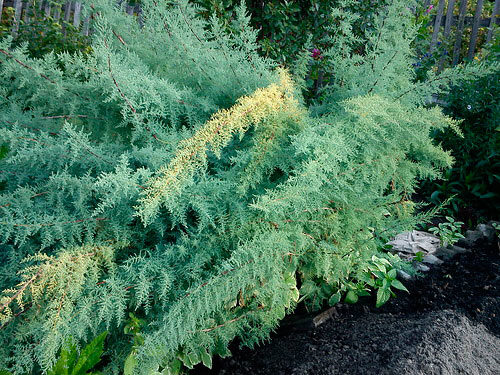
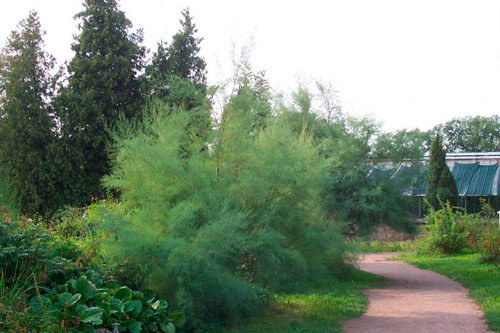
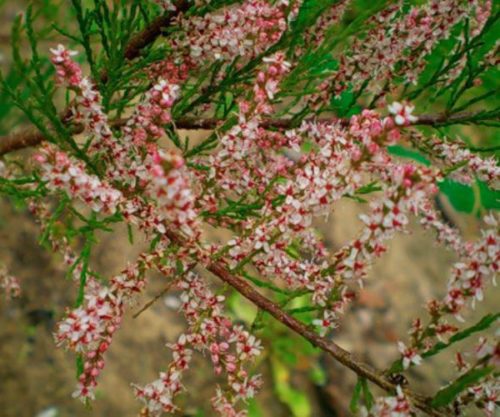
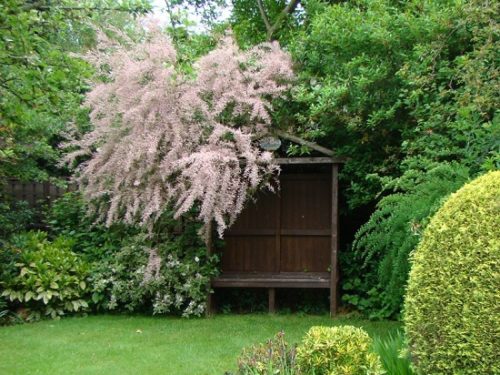
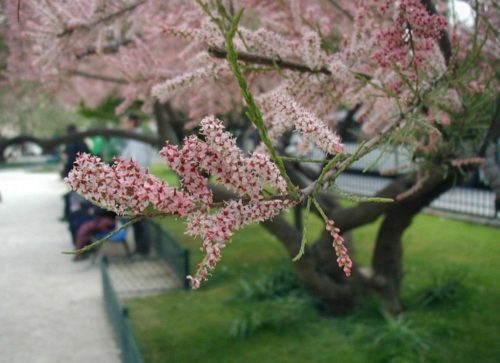
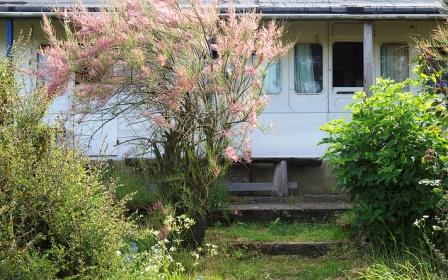












 Start a discussion ...
Start a discussion ...